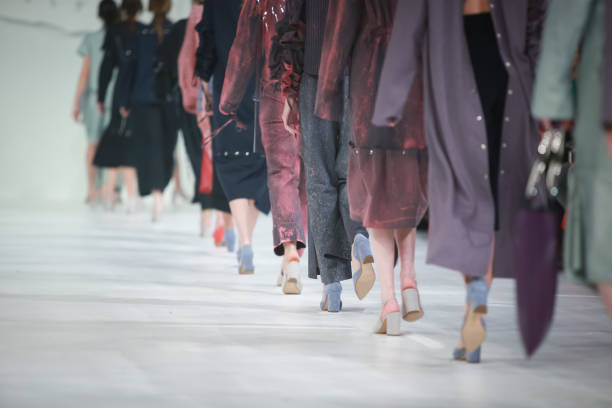Sustainable fashion is not just a passing fad, but a growing eco-trend that is paving the way for a more responsible and environmentally friendly approach to style. As consumers become increasingly aware of the environmental impact of their consumption habits, many are seeking out brands that prioritize sustainability without compromising on design or affordability.
The fashion industry has long been criticized for its contribution to pollution and waste. However, there’s an emerging breed of sustainable fashion brands that are challenging this narrative by incorporating eco-friendly practices into their operations. These companies use organic materials, ethical manufacturing processes, and innovative recycling techniques to create stylish clothing with minimal ecological footprint.
One such brand is Patagonia, which has made sustainability its core business principle. From using recycled polyester in its garments to promoting fair trade practices among its suppliers, Patagonia leads the charge in demonstrating how businesses can be both profitable and environmentally conscious.
Another rising star in the sustainable fashion scene is Everlane. Known for its “radical transparency,” Everlane provides detailed information about the factories where their clothes are made and how much it truly costs to make each piece. By doing so, they ensure consumers understand exactly what they’re paying for – quality products produced under ethical conditions.
Stella McCartney also stands out as a high-end designer who refuses to compromise her environmental values for luxury aesthetics. Her brand uses cruelty-free materials like organic cotton and recycled polyester while maintaining impeccable standards of craftsmanship.
However, adopting sustainable fashion doesn’t necessarily mean you have to buy from these specific brands. There are plenty of affordable ways you can embrace this trend without breaking your budget.
For starters, consider shopping second-hand or vintage items instead of buying new ones all the time. Not only will you save money but also help reduce waste by giving old clothes new life. You could also try renting outfits for special occasions rather than purchasing something you’ll only wear once.
Moreover, investing in timeless pieces rather than following fast-fashion trends can also contribute to a more sustainable wardrobe. Opt for high-quality items that will last longer and won’t go out of style quickly, reducing the need for frequent replacements.
Lastly, taking care of your clothes properly can significantly extend their lifespan. Simple steps like washing on a lower temperature, air-drying instead of using a dryer, and repairing minor damages rather than throwing the garment away can make your fashion habits much more eco-friendly.
In conclusion, sustainable fashion is not just about buying from certain brands or paying premium prices. It’s an attitude that values quality over quantity and long-term impact over short-term gratification. By embracing this trend in our own ways, we can all play a part in making the fashion industry more responsible and less harmful to our planet.

